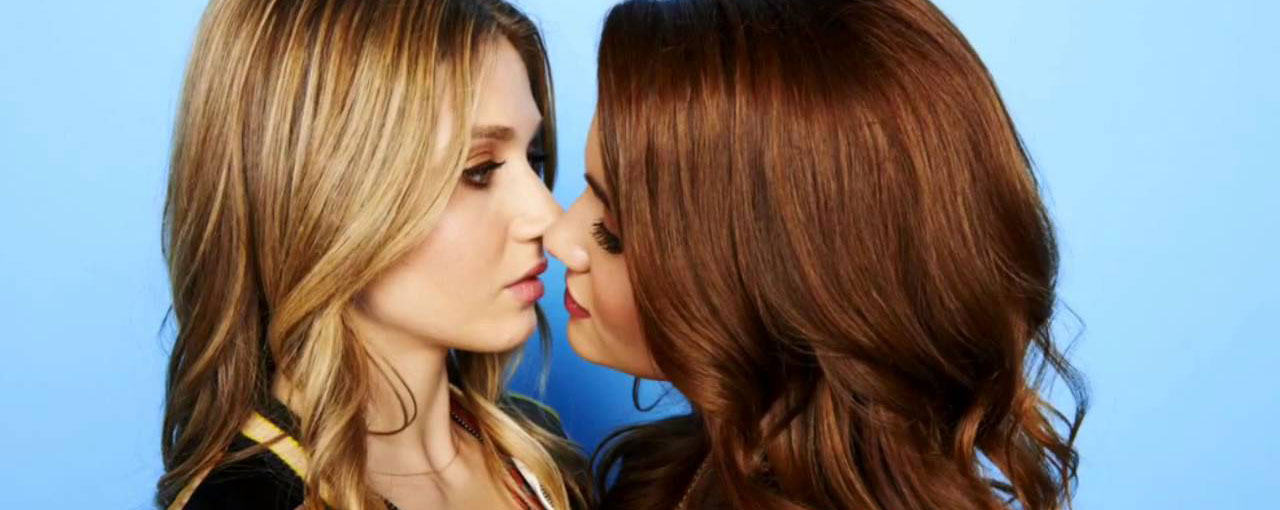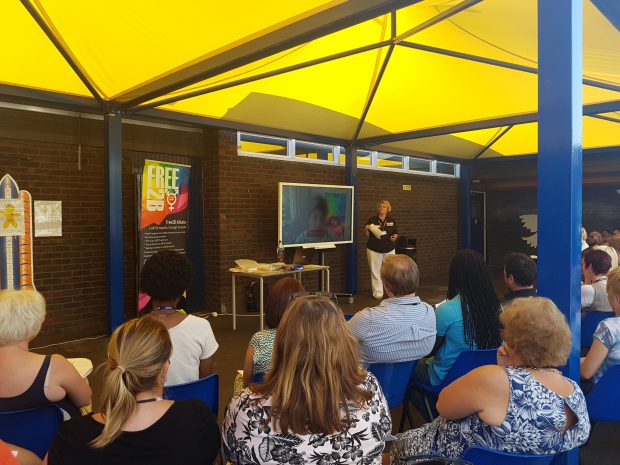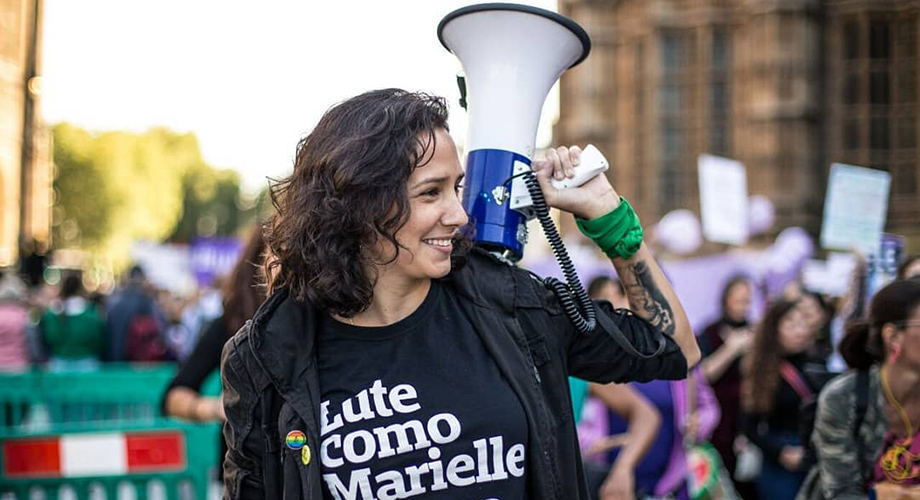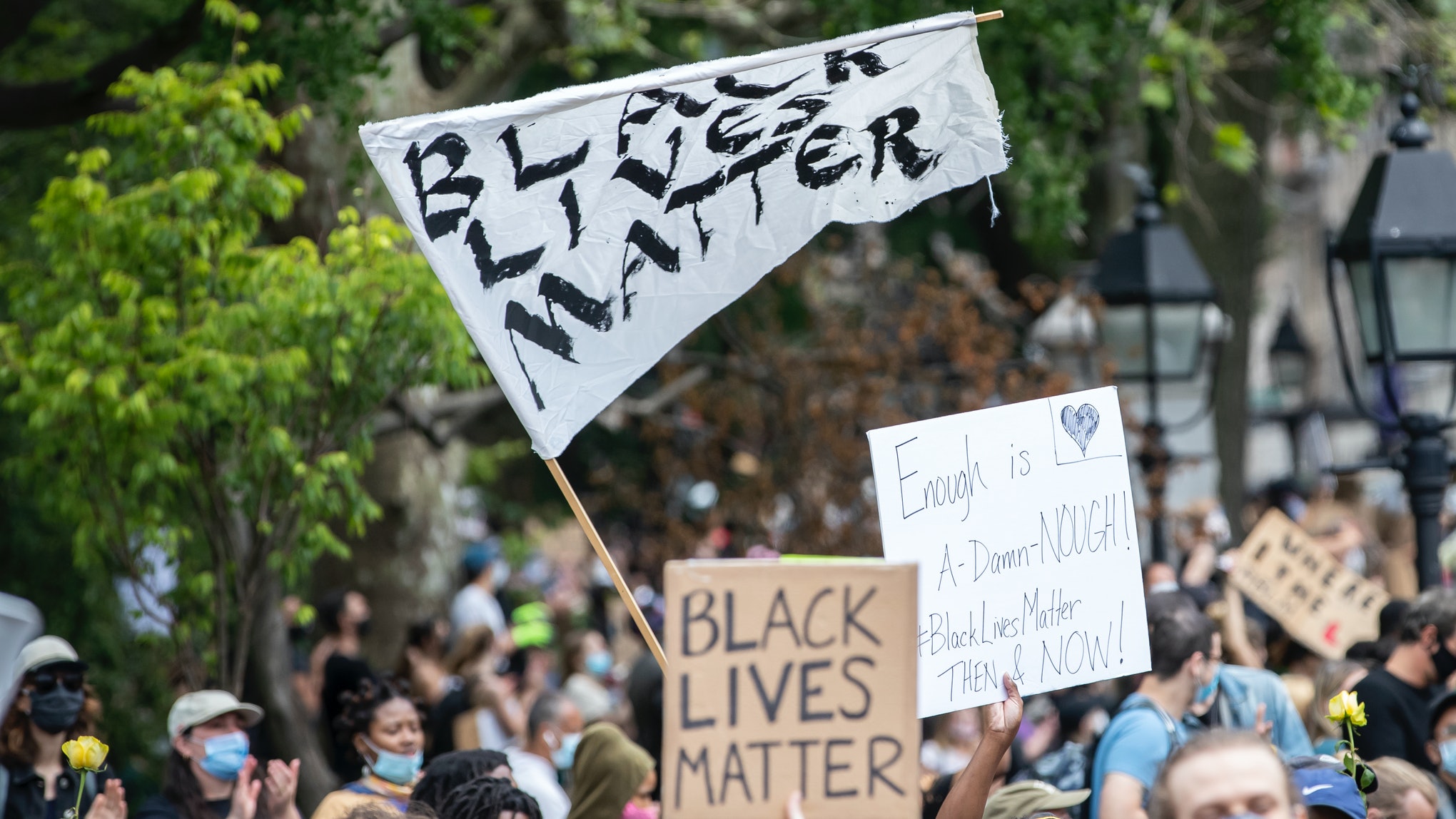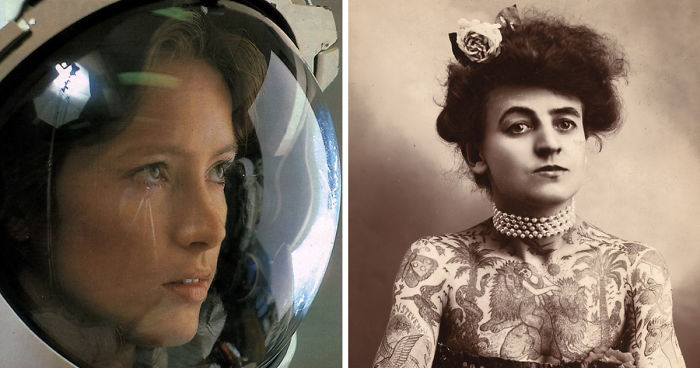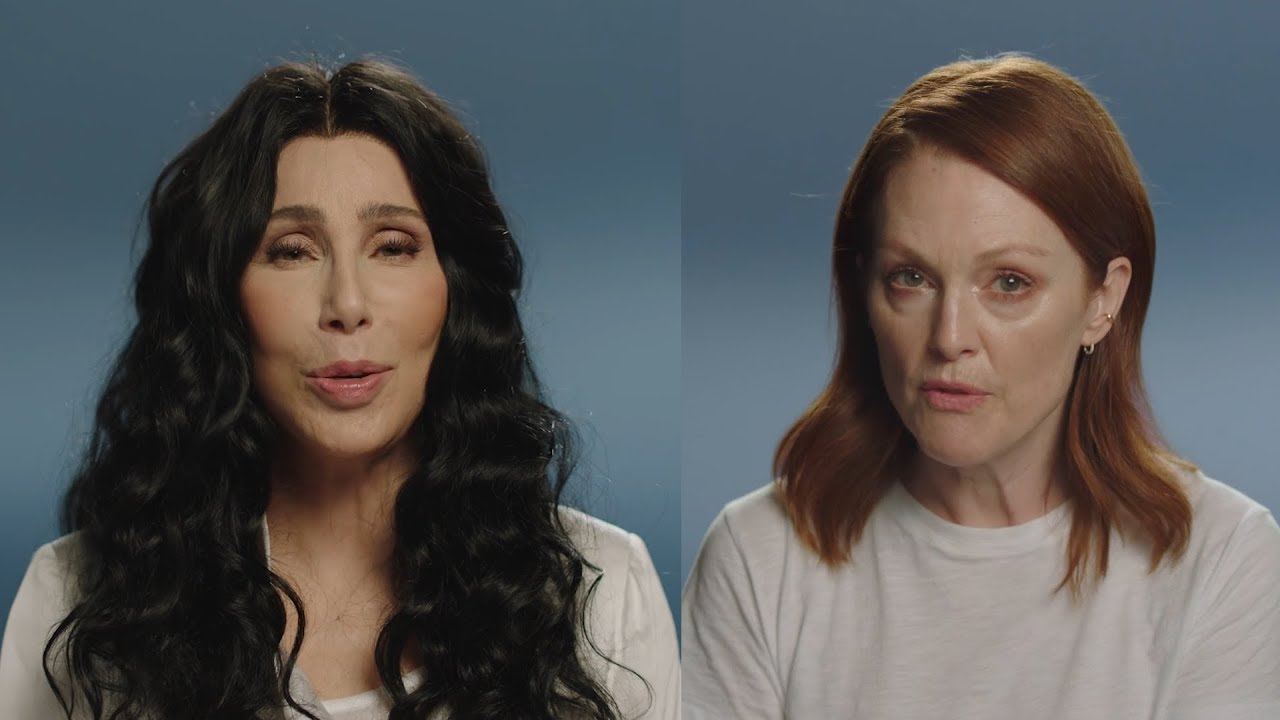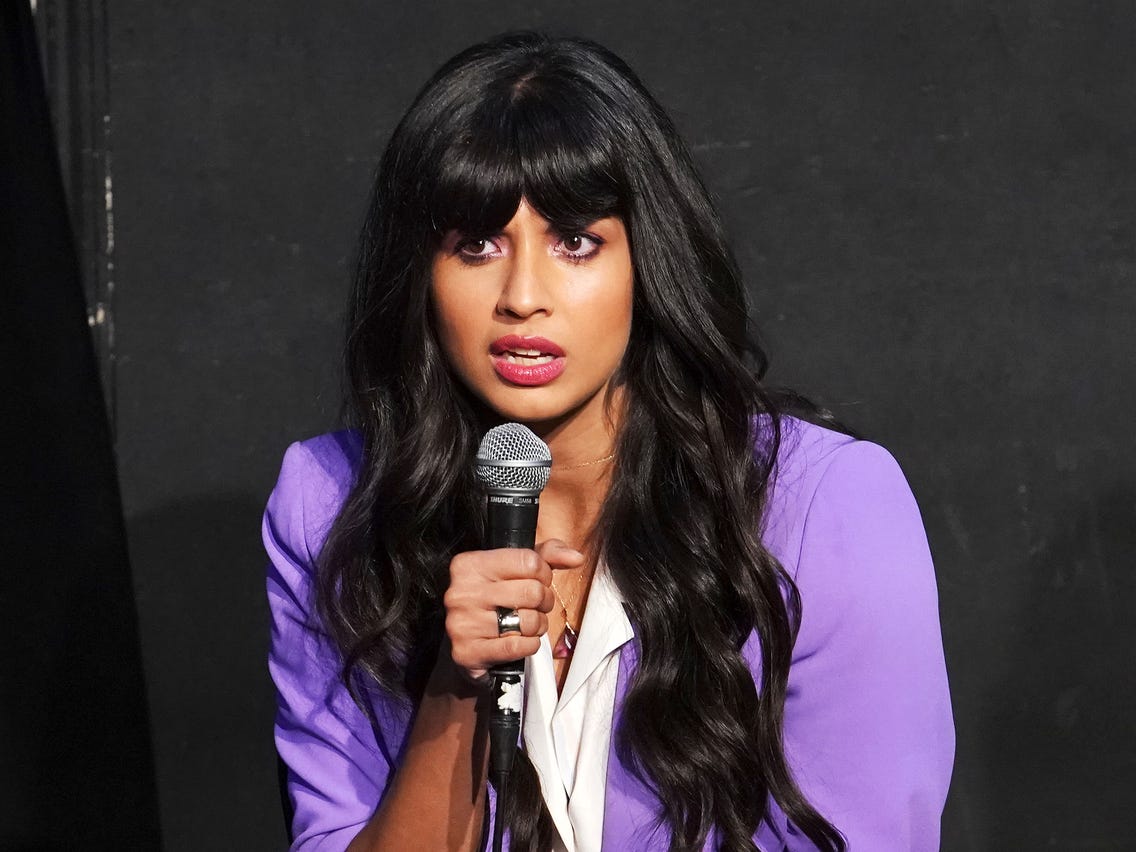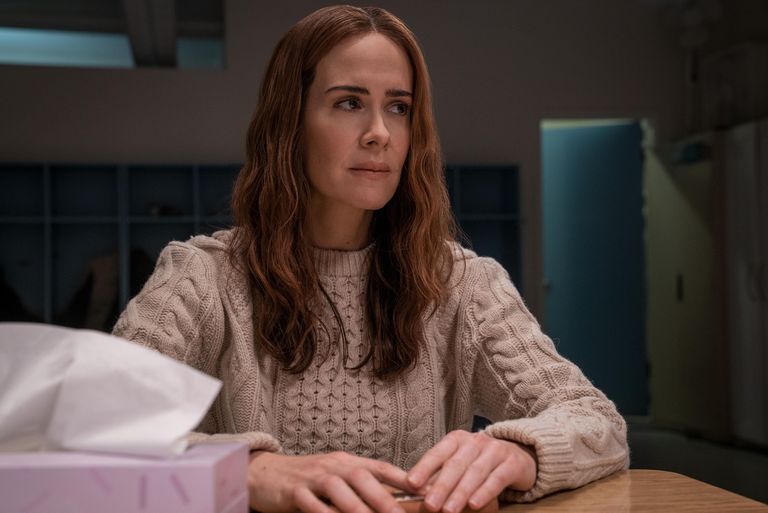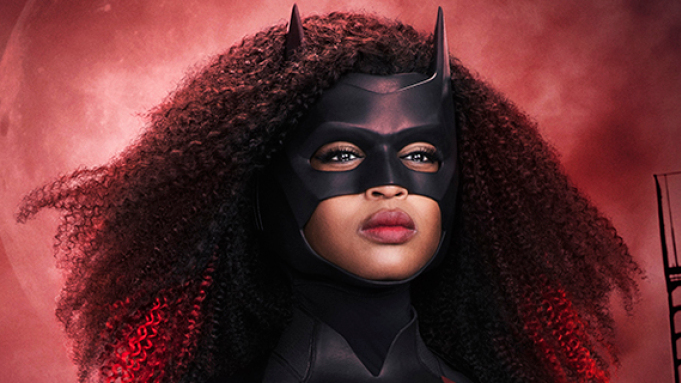Television has increased its depiction of gay, lesbian and bisexual characters, with the edge going to cable and the Internet over broadcast networks, according to a study released by GLAAD.
“Television networks are playing a key role in promoting cultural understanding of LGBT lives around the world, and are now producing some of the best LGBT-inclusive programming we’ve yet seen. As they move forward with new programs and storylines, networks must also keep an eye towards diversity and strive to include significant transgender content comparable to those efforts being made by their online competitors, such as Netflix’s Orange is the New Black and Amazon’s Transparent.”
Sarah Kate Ellis, GLAAD President and CEO
The overall on-screen progress comes as the lesbian, gay, bisexual and transgender community has made social and political strides that include legalization of same-sex marriage in some U.S. states and the end of a military ban on openly gay service members.
In the 2014-15 season, the study by GLAAD said that 3.9 percent of 813 characters regularly seen on prime-time network scripted series will be lesbian, gay or bisexual, a total of 32 characters.
That represents an increase over last year’s 3.3 percent, but is down from the 4.4 percent record high for LGBT depictions on network series in 2012.
Among the networks, Fox again emerged with the highest percentage of lesbian, gay or bisexual regular characters, 6.5 percent, with “Brooklyn Nine-Nine” and “Glee” among the programs contributing to the tally. ABC, which had tied with Fox for first last year at 5.4 percent, dropped to 4.5 percent.
NBC is at 3.8 percent, up almost 3 points from last year, while CBS’ shows had 3.2 percent gay, lesbian or bisexual characters, up from 1.9 percent from last season. The CW has no regular LGBT characters, the gay rights group said.
Among cable TV shows, there were 64 regular LGBT characters, up from 42 last season. HBO has the most characters, followed by ABC Family and Showtime. One transgender character, on ABC Family’s “The Fosters,” was found by the study.
Tom Ascheim, President of ABC Family said…
“To be relevant to our audience, we must reflect the world as they experience it, and we know that experience is based on valuing loving relationships, no matter the gender. This acknowledgment is especially gratifying because it means we are representing their view accurately. We will continue to deliver programming where differences are acknowledged and celebrated.”
Tom Ascheim, President of ABC Family
Michael Lombardo, President, HBO Programming added…
“This recognition from GLAAD belongs to those in the writing room, on set and in the editing bay but we are honored to be their partner and provide a home where they can tell their stories. At HBO we feel if we are not telling diverse stories then we are missing out on some of the best stories. It is a part of our history and an ongoing commitment. “
Michael Lombardo, President, HBO Programming.
President of MTV and Logo TV said Stephen Friedman
“For MTV to fully connect with young people, we have to represent our entire audience in all its brilliant diversity, which includes people of every sexual orientation and gender identity. We’re honored to receive GLAAD’s recognition, and are committed to airing the stories of LGBTQ young people – to provide our audience characters they can relate to, and to bring new voices from the LGBTQ community into living rooms across the country.”
Stephen Friedman, President of MTV and Logo TV
GLAAD also studied other aspects of diversity on network TV. Despite several new high-profile broadcast series starring women, including Alfre Woodward as the U.S. president in NBC’s “State of Affairs” and Tea Leoni as secretary of state in CBS’ “Madam Secretary,” the percentage of female characters has declined to 40 percent, down 3 points from last year.
Ethnic characters on network shows make up 27 percent of the total, compared with 23 percent last season, with 1.4 percent depicted as people with disabilities, a slight increase from 1 percent in 2013.
